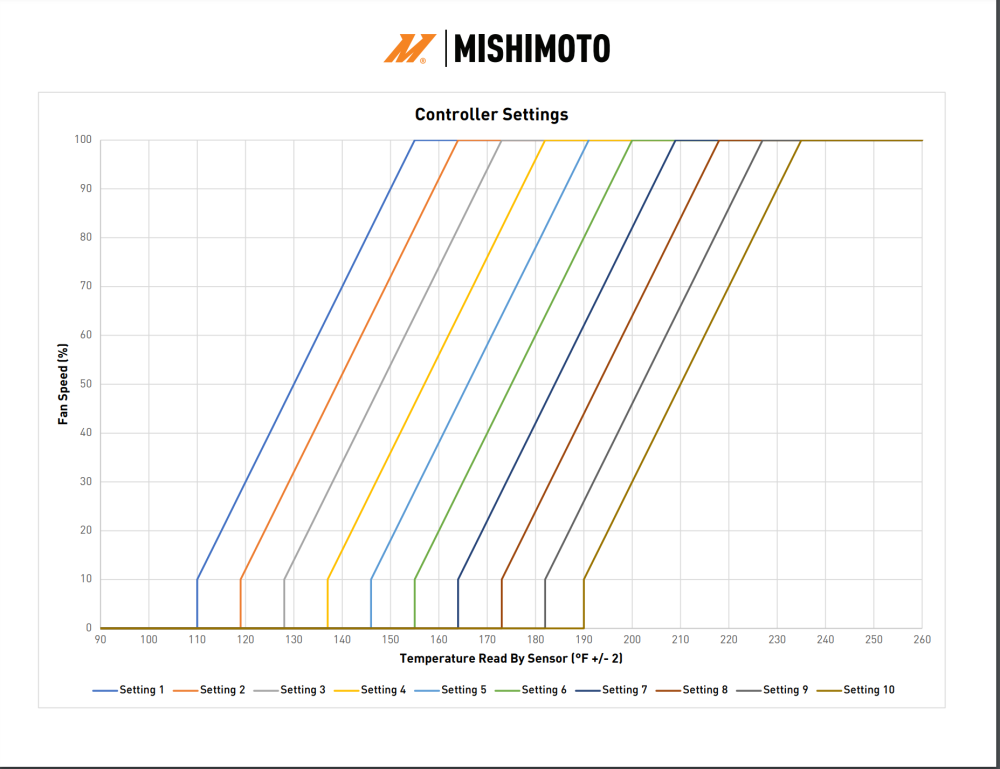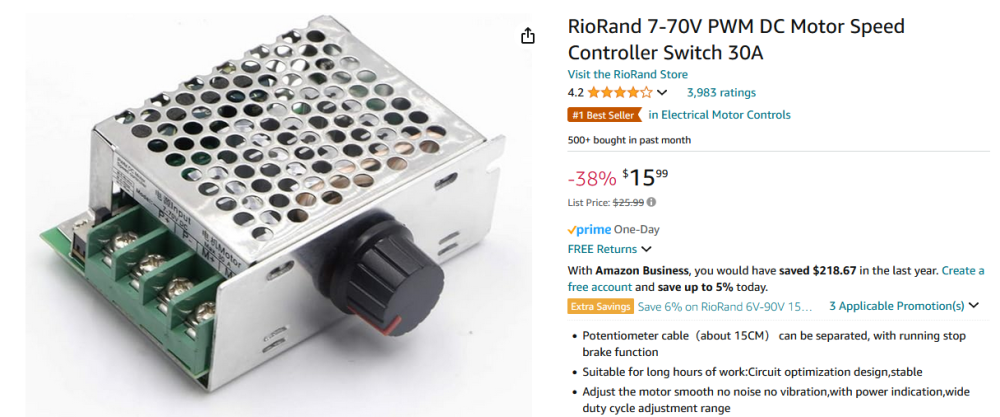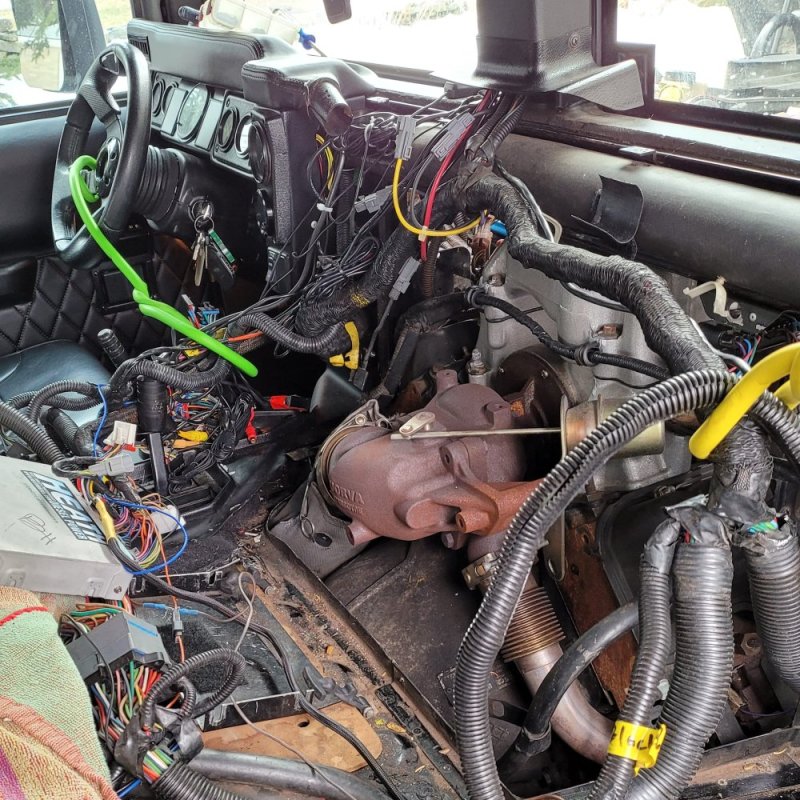dbrannon79
I'm getting there!
I was just going to ask what controller @CursedH1 was running, the pic looks like a different controller that I run on mine. ether way the hayden controller I have only has one dial to adjust when the fan turns on. and mine does stay on for a bit (I forget what temp is turns off) Now something to consider.. these viscous fans don't release as soon as the power is turned off. it does take some engine RPM to break them free after the controller turns off. at least that has been my experience.



